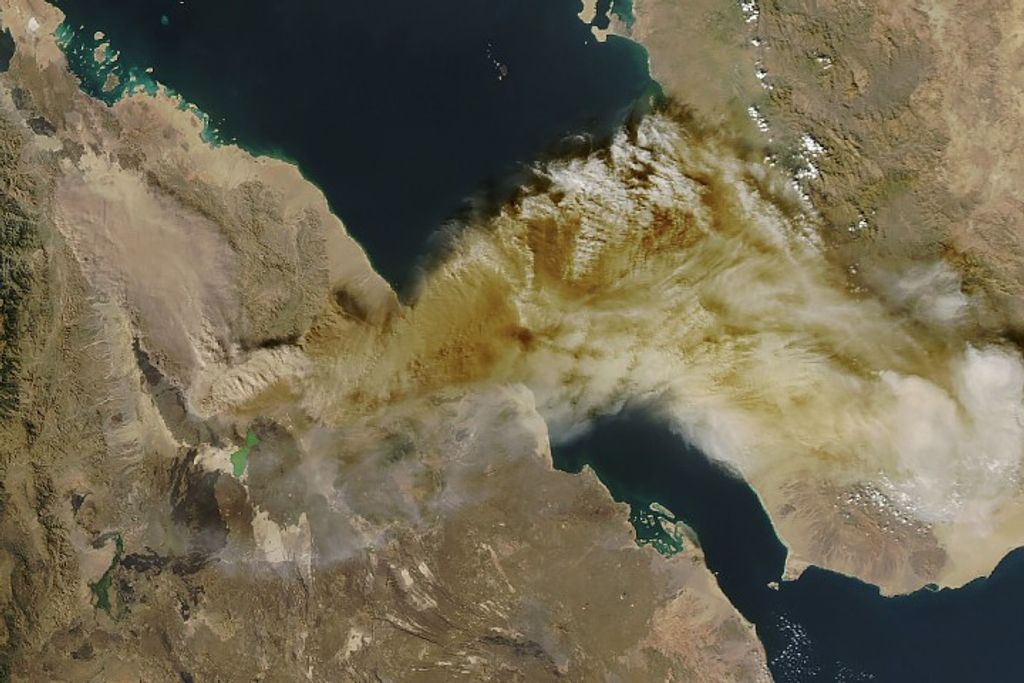Why Visit Bennu?
 OSIRIS-REx is headed to Bennu, a roughly spherical asteroid measuring about 1,614 feet (492 meters) in diameter. All asteroids represent remnants of the building blocks of our solar system, so why did scientists decide to send a mission to this one?
OSIRIS-REx is headed to Bennu, a roughly spherical asteroid measuring about 1,614 feet (492 meters) in diameter. All asteroids represent remnants of the building blocks of our solar system, so why did scientists decide to send a mission to this one?
Location, location, location. For a sample return mission, accessibility is key. Bennu travels in an Earth-like orbit that varies between .9 and 1.4 astronomical units from the sun (an astronomical unit, or AU, is the average distance between Earth and the sun, about 93 million miles). This puts it within the ideal range of .8 AU to 1.6 AU.
Larger diameter means slower rotation. Smaller asteroids – those measuring less than 650 feet in diameter – tend to rotate faster, ejecting surface materials and making it difficult for a spacecraft to get close enough for a sample. With its larger diameter, Bennu completes its day in just over four hours, slow enough for OSIRIS-REx to approach and do its work.
Carbon-rich composition. Measurements taken from telescopes indicate Bennu is carbon-rich. This is important because primitive asteroids like these may contain volatiles and organic molecules that could trace the origins of life on Earth and the potential for life elsewhere.
Image credit: NASA’s Goddard Space Flight Center Conceptual Image Lab




























